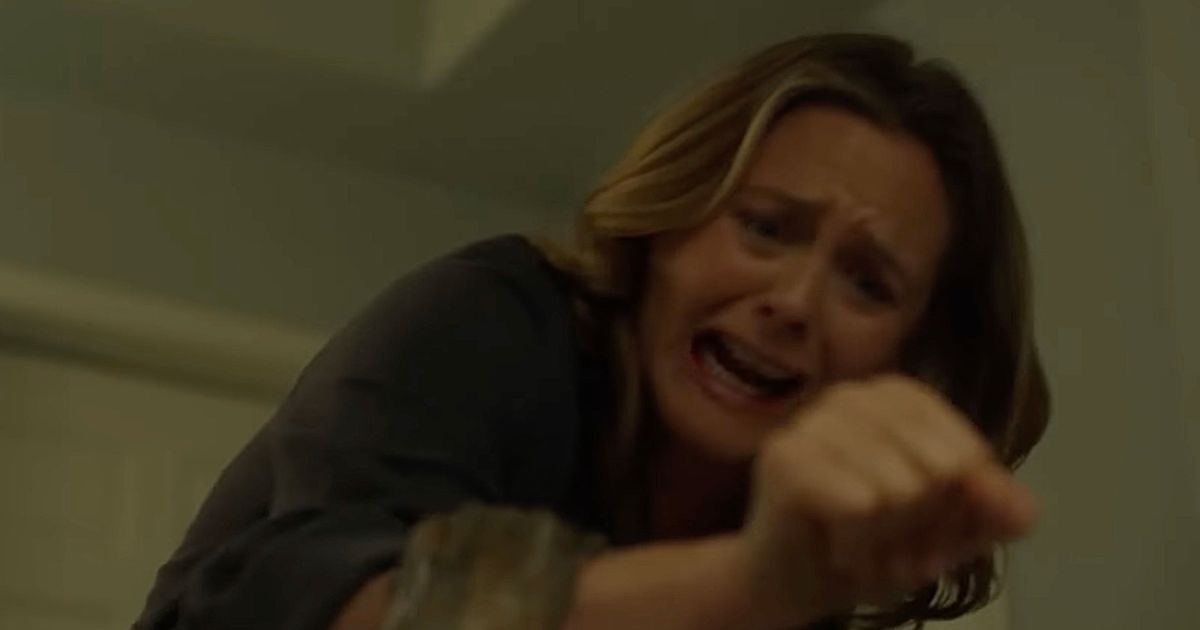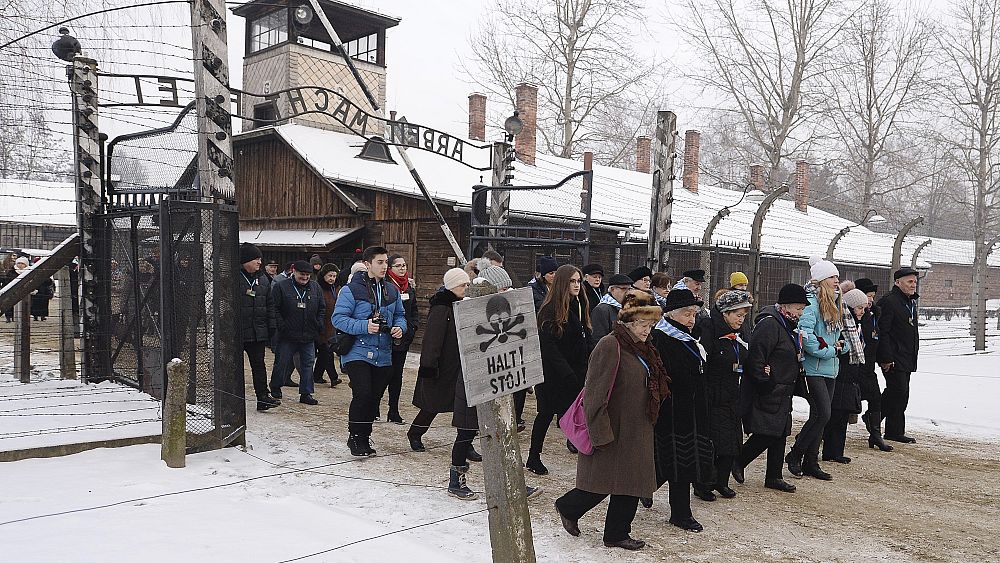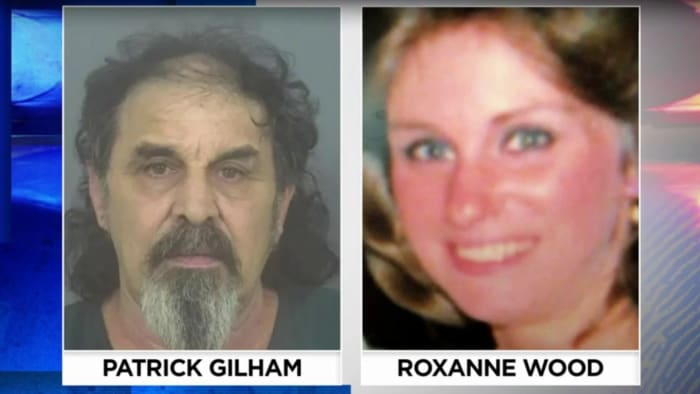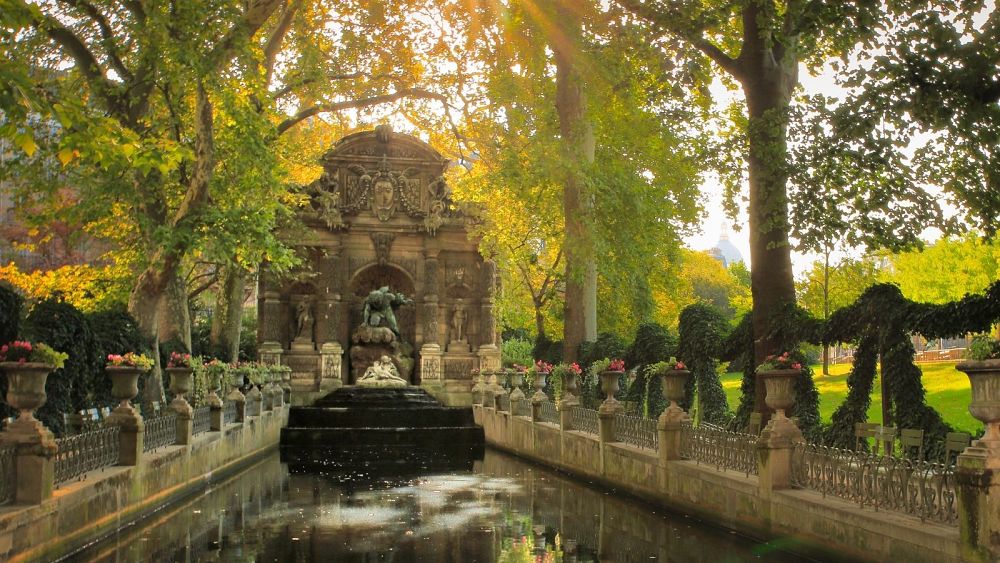Stories from the Past – A 1920s mission trip to Alpine
The following is a historical and very interesting memoir written by Harriet Olive Faust recounting a missionary trip she and others from Pennsylvania made to the Alpine and Ivyton communities in the 1920s. This missionary trip took place at the request of of Dr. Clair S. Adams who began her church ministry in Alpine on September 15, 1926. The following is taken from Harriet’s manuscript in which she recorded the events of their trip to Tennessee:
“One stormy winter evening, a stranger came to our town. He asked permission to speak in the church. The pastor of the church was sorry, because there was an important dinner that evening, and after that, a concert in the auditorium. “I can manage to leave you my study and sandwich you between dinner and the concert,” the pastor offered, “and that’s the best I can do.”
Only a handful of people gathered that night to hear this southern mountain preacher speak about his work among the poor white section of our country. No one seemed more than politely interested, and Dr. Adams left town that night feeling that the conversation had been one of the most fruitless he had ever attempted. But back in his house in the south, at the end of his journey, he found a letter waiting for him. Someone in this little northern audience has written to offer his services for the daily summer vacation Bible schools. More letters were exchanged, and one day Dr. Adams noted with surprised glee that when June arrived he would have a full crew, all from Pennsylvania.
“When we the crew reached the mountains of North Tennessee, we found Dr. Adams waiting eagerly to tell us about his plans. We had to go out in twos and threes, he said. We would live in the homes of people in our classes. We met from time to time at the rectory at the foot of the mountains to talk about our problems, if there were any. After a delicious supper on the parsonage lawn, we sat until the sun went down and heard our instructions for the following week. “Tomorrow afternoon,” said Dr. Adams, as we parted for the night, “I will be taking some of you with me to Ivy Mountain (Ivyton) for their annual decorating service.”
That afternoon we received the little folding organ, a gift from the Presbyterian Church in Brockway, Pennsylvania. The day was hot and the journey was long. We walked four miles, crossed the river by a swing bridge and walked or climbed another four miles. Time passed quickly. “There’s no need to rush,” Dr. Adams comforted as we rested for the twentieth time and wondered for the twentieth time if we were going to last. “My people and I have a very practical custom. If I arrive first, I wait for them. If they arrive first, they are waiting for me.
They waited for us that day, because when we finally arrived, dozens of mountaineers were gathered in the small cemetery where the service was to take place. We opened the little folding organ while the children looked at it in wonder. There were children there who had never heard a musical instrument before, a mother from the mountains told us the next day. At the end of the service, Dr. Adams introduced us to some people.
We stood in the cemetery for a long time marveling at the profusion of paper flowers with which each humble grave was adorned. Wildflowers grow in abundance among the hills, but not a single wildflower was used in the mounds which, under the paper flowers, were piled high with wooden rails and stones. “It’s to keep cattle from stepping on the graves because most cemeteries don’t have fences,” someone explained. In some cemeteries, one can find glass fruit jars inside which, placed so that the passer-by can read it, is a letter to the dead written by the bereaved relatives and friends of that person.
“Just before leaving, we met Aunt Nan and Uncle Drew who were eager to be assured that one of the teachers would be living with them. They were old loners, giving everything they had. Their home has become a welcome resting place for all of us who have had the privilege of helping out at the Ivy Mountain School.
Those days spent at Ivy Mountain will live long in our memories for the three of us who were up at dawn the next morning. The Bible school was held in the school building, a poor, pathetic building with two doors, one for boys and one for girls, and almost no glass in the windows. The blackboard was a painted board. There was a piece of chalk that one of the kids dug up for us under the platform. But we had the folding organ, a set of songbooks, a few other books, and a good supply of pencils and drawing paper. And we had a room full of people, old and young, from babies in arms to seventy-year-old men and women. In some cases, entire families have come together.
For two full weeks we held school. One evening we had a special service with lots of music. “I could just close my eyes,” Aunt Nan said, “and imagine myself in one of your big northern city churches.”
Time seemed to be a forgotten element in the mountains. At first we tried to keep a schedule, but it never worked. Our boys and girls, men and women, came at all hours from seven in the morning until noon. Money is also a seemingly non-essential element. In many mountain church services, an offering is not even suggested as there would be no money for it.
As part of our closing exercises before we left, we hosted a picnic and marshmallow roast. To our surprise, many people had never heard of marshmallows, let alone seen them. We spent our afternoons visiting the homes of our people who were almost unjustly hospitable, for we had more invitations than we could accept. The houses were poorly built and small. Often the whole family slept in one room. This room also served as a living room. The furniture in the living room was just beds and more beds and a few chairs scattered around. But generally people’s houses and clothes were as clean as they could make them.
Their food was the hardest thing to learn as they fried almost everything, even good fresh peas. They bake cornbread in huge slabs. When the bread is served to you at the table, you break off a piece of the pancake and pass it to the next person. Breakfast is the big meal of the day.
A small dispensary open the summer we were in Alpine was the only hospital-like institute in five counties. Not all communities were as friendly as Ivy Mountain was which we were to find to our chagrin. After five weeks, we left with the feeling of having been in a new country… the forgotten land of our nation.
Dr. Claire S. Adams retired from her ministry at Alpine in 1936 and was succeeded by Bernard M. Taylor. The history of Christ Church, Presbyterian in Alpine includes the loss of the building to fire not once but a second time as well. The first fire broke out in 1921 following a clearance of nearby school grounds when sparks from a bushfire caught the roof of the burning church resulting in total loss of the building.
In 1936 the building was completed again. The night before the building was inaugurated, what is believed to have been a spontaneous combustion fire broke out from oily rags that had been used to oil the floors, and for the second time the building was a total loss. But it wasn’t long before another building process began, and in October 1939, worship services were held in the building for the very first time. On one side of the building, a fine stone pulpit built by Walter Norris was dedicated to the memory of the Reverend Clair S. Adams. The memoirs written by Harriet Olive Faust were presented by county historian Ronald Dishman to Christ Church, Presbyterian in Alpine to remain as a permanent record in the library there.











